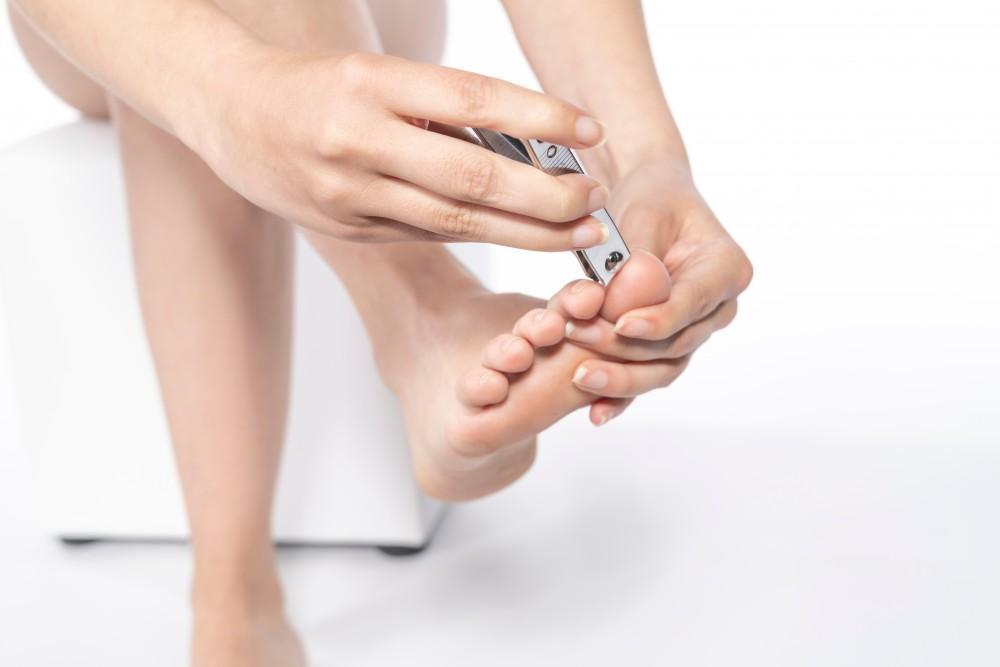
How to Tell If You Have Hammertoe

If you have hammertoe, you may already recognize that something is wrong, but you don’t know what it is. Hammertoe has certain distinct symptoms, including that your toes may seem a bit deformed.
It’s actually caused by a muscle imbalance and most often affects one of the middle three toes, although any toe can be affected. The good news is that we can treat this condition. Our team at Family Foot and Ankle Center of South Jersey explains more about how you can tell if you have hammertoe.
The telltale signs of hammertoe
You may have hammertoe if you experience the following symptoms:
- Bent toe joint pointing upward
- Corns or calluses on your feet
- Pain when you walk
- Blisters on the tops of your toes
- Stiffness in the toes
If you have any of these symptoms, make an appointment with our team of professional podiatrists for a thorough evaluation.
The two types of hammertoe
The two different types of hammertoe include flexible and rigid. Although they’re very similar, in general, flexible hammertoe is a better diagnosis to receive.
Flexible hammertoe means that your toe joint can still bend, which is much easier to fix. Rigid hammertoe is in a fixed position. This type can still be treated, but it’s more challenging.
Risk factors for developing hammertoe
Although anyone can get hammertoe, some people are more likely than others to get this problem. Risk factors include:
- Arthritis
- Alcoholism
- History of stroke
- Flat feet
- High arches
- Wearing poorly-fitting shoes, especially high heels
- Genetics
- Age (their incidence increases with age)
Although there are many causes of hammertoe, it’s nearly always treatable. But it’s essential to seek treatment as soon as you start to notice the problem because it will get worse if you ignore it.
How to treat hammertoe
The easiest way to treat hammertoe is to change your footwear choices. Shoes that pinch your toes are especially bad for people with hammertoe, particularly high heels. You want to ensure your shoes have plenty of room in the toe area to allow your toes to move freely. You may also want to buy special inserts for your shoes.
You can also take over-the-counter pain relievers, particularly non-steroidal anti-inflammatory drugs, such as ibuprofen or naproxen.
In addition, you may want to try putting ice packs on your feet to relieve pain and swelling.
We may also perform steroid injections in our office to help reduce pain and swelling associated with hammertoe.
Surgical treatment
If your hammertoe doesn’t respond to the above treatments, we can also perform surgery to correct it. These surgeries are usually done on an outpatient basis, which means you can go home the same day as the procedure.
The surgery is designed to straighten your toe, which often requires releasing the ligaments so your toes move more freely.
If you know or suspect you have hammertoe, contact us at our Cherry Hill, New Jersey, office by phone, or request an appointment online.
You Might Also Enjoy...


5 Ways to Keep Your Bunion Pain to a Minimum

Gout: What Is It and How Can I Get Rid of It?

Complications of an Untreated Ankle Sprain

Suspect You’ve Broken Toe? How To Tell and What to Do


